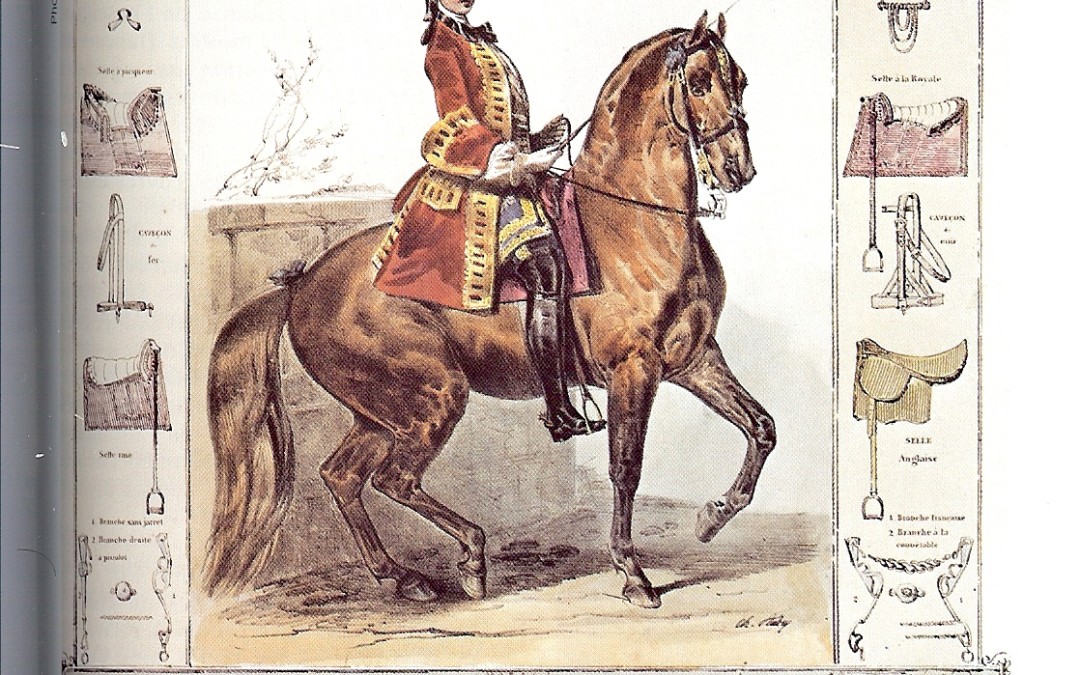Dressage is the natural process of becoming familiar with the horse by repeatedly placing our minds upon it. Whatever we’re doing with the horse, we always have a view. A view is the result of mental placement. Its clarity or lack of clarity speaks to the nature of the mental placement.
We’re always placing our mind on some aspect of the equestrian experience. This placement is unavoidable as is the ensuing view. We conceptualize that experience in certain ways which in turn filters our experience. We limit, ignore, block aspects of our experience with these filters which in turn distorts the view. To be open or expansive in our view is to simplify and return to the basic mental placement.
A mind skilled in its placement does so slowly and does not jump beyond the basic experience and stays in the moment to moment shifts in time. It returns again and again to the experience until with practice the mind learns to remain present and stable. The view thus as seen by the stable mind is clear and simple. In the proper placement of the mind, we are grounded in the present moment. Free from intentions and goals, we see what is present and harmonize with the motion and that moment.
We seek to place our mind with the horse and practice keeping it there, allowing our intentions to naturally follow from the cadenced flow of energies that arise within the movement itself. As this process deepens and matures, the training becomes advanced. Resistance diminishes and our dressage is found to be natural and good.
We demonstrate, through this psychological process, our desire to discover a mind of stability, clarity, and strength in the horse by learning to rest in the harmony of what is present. This is the view of a goodness found in dressage. The collective mind learns to rest in a state of peace. We gain insight and find stability within ourselves.
Our calm and confidence are transmitted from our mind to the horse through a simple contact through the aids We turn the horse’s mind into a partner by learning to see the situation as it is; peaceful. Our judgments and actions are not clouded by our fears, aggression and passion for control. We do not ignore what is present in favor of stories we contrive. Our view is simple.
This simple process is a matter of consistent discipline of our minds joined with patient practice. It is gentleness which joins it all together. Without patience, we are distracted by the objective appearances and so it is important to understand the subjective state will be present long before the objective appearances will change. The desire for instant objective “correctness” is the source of the majority of training abuses which occur in dressage.
Good dressage is what occurs when the horse’s mind and human mind learn to rest in their natural state. In the natural state both horse and human find commonality. So it is that in training, generosity is needed to let the both minds to settle and peace to arise. This can be recognized when a state of curiosity begins to occur in the training session. The quality of the work takes on a playful affect for both the horse and human. Good work is a mutual joy.
The best thing a good instructor can do is to give inspiration and confidence which permits a rich peaceful subjective life to thrive until such time as the student can see the external appearances to change. Such an instructor understands the importance of the inner state of mind and is thus the guardian and guide to harmony. This is no simple task and without the help of such a person, a student who works in isolation (which in the end we all do) must learn to be aware, awake and present to subtle inner currents.
This is the mind trained in and by dressage; harmonious, kind, light, gentle, open and free. In its view, the trained mind has learned to “see” the horse.


Recent Comments